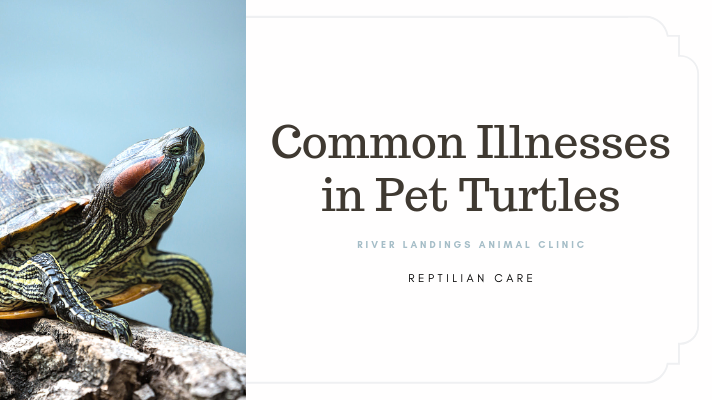Cryptosporidiosis
Protozoa cause many infectious diseases in reptiles, one of which is a very serious parasitic infection called Cryptosporidiosis. This protozoan infection increases the thickness of the intestinal and stomach inner linings, thereby reducing their ability to function properly. Lizards are generally infected in the intestines, while in snakes the infection is found in the gastrointestinal tract. Unfortunately, cryptosporidiosis is untreatable in reptiles.
SYMPTOMS AND TYPES
Vomiting
Diarrhea
Lack of appetite
Weight loss
Weakness
Lethargy
Thickening of the ridges along the lining of the gastrointestinal tract
CAUSES
An infection with the protozoa Cryptosporidium is due to your reptile’s contact with the following:
Infected feces
Infected regurgitated food
Other infected reptiles
DIAGNOSIS
If your reptile has Cryptosporidiosis, the veterinarian should locate a mass along its gastrointestinal tract during a physical examination. X-rays and endoscopic examinations, including gastric biopsies, are also valuable in confirming the diagnosis. It is advisable to bring any of your reptile's regurgitated food to the veterinarian, as well as stool samples from the animal.
TREATMENT
Although there is no medication to treat Cryptosporidiosis, the veterinarian may recommend supportive therapy to reduce your reptile’s symptoms and prolong its life, however, it will ultimately depend on the animal’s condition and symptoms.
LIVING AND MANAGEMENT
It was once suspected that Cryptosporidiosis could be spread from reptiles to humans or other animals; this theory has since been disproven. The protozoan parasite Cryptosporidium does, however, cause similar infectious diseases in humans and animals.
PREVENTION
Keeping your reptile separate from any new (or infected) reptile may help prevent the spread of Cryptosporidiosis.
Hear From Us Again
Don't forget to subscribe to our email newsletter for more recipes, articles, and clinic updates delivered to your inbox (here). Or, you can keep up to date by liking and following our Facebook page (here).
Related: We have more information under our small animal care categories.



